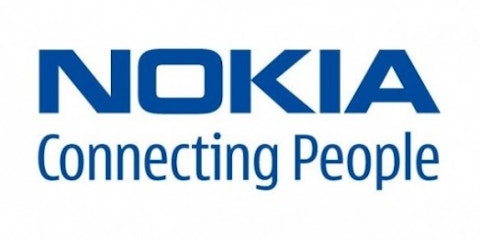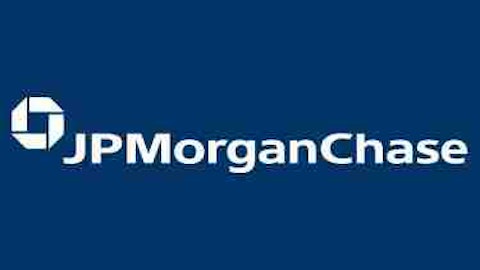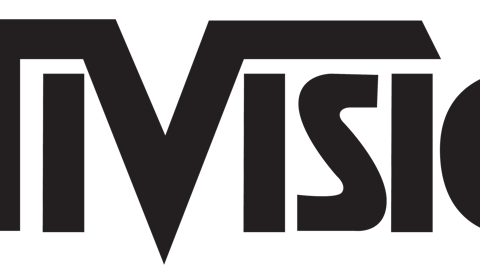After losing 50% of their business and seeing their stock increase 35%, is Nokia Corporation (ADR) (NYSE:NOK) still a buy? Also, how is this deal fundamentally impactful, and are there any investment lessons that we should take away?
There’s still a lot of questions
Criticism of Microsoft Corporation (NASDAQ:MSFT) is nothing new, and ever since Steve Ballmer announced his upcoming resignation, investors have wondered what’s next for the company. Well, they gave us a big hint at the future direction with a $7.3 billion purchase of Nokia Corporation (ADR) (NYSE:NOK)’s mobile device business, and to license Nokia’s patents and mapping services.

In a company presentation and an email to employees, Microsoft Corporation (NASDAQ:MSFT) CEO Steve Ballmer explains the rationale behind the deal. Ballmer explains that Stephen Elop, largely considered a frontrunner as Microsoft’s next CEO, will lead the larger Devices team, and Microsoft will now try to grow the Lumia-line and their operating system more aggressively.
Most notably, Microsoft Corporation (NASDAQ:MSFT) disclosed receiving just $10 on every Lumia phone sold. This acquisition will increase that share four fold with an integrated team and more focused marketing, thus enabling cost synergies of $600 million within 18 months .
Therefore, the deal looks to be good for Microsoft Corporation (NASDAQ:MSFT) from a cost-saving perspective, but only if it grows in size. Nokia Corporation (ADR) (NYSE:NOK) shipped 7.1 million Windows smartphones in the second quarter, but Microsoft disclosed the need for 50 million units annually in order to breakeven . Hence, the Windows phone line needs to double in size. If so, the acquisition becomes very beneficial to Microsoft Corporation (NASDAQ:MSFT), both in cost savings and in producing a profit.
Making a major one-move change
Following the acquisition, Nokia Corporation (ADR) (NYSE:NOK)’s most recognized segment is now lost, and the company now becomes a telecom company with a massive patent portfolio. However, I see this deal as more beneficial to Nokia Corporation (ADR) (NYSE:NOK), versus Microsoft Corporation (NASDAQ:MSFT), and for three reasons.
1. Improved profitability
2. Improved balance sheet
3. Improved Shareholder Value
First, is the obvious, Nokia Corporation (ADR) (NYSE:NOK)’s cash position increasing to $20 billion or having the luxury to use the proceeds to eliminate all of its debt. Also, Nokia will be losing a segment of its business that had an operating loss of about a billion dollars last year. With its other segments producing an operating profit, Nokia instantly becomes profitable, thus changing the outlook of the company.
The third point is regarding the company’s sum of parts prior to the acquisition. Last year, Nokia had revenue of almost $40 billion, and about half of that revenue came from the segment that was purchased by Microsoft.
Therefore, common sense suggests that after losing half of its business, and increasing in value by 35%, Nokia is now overvalued? However, this is incorrect, as Nokia traded with a market cap of just $14.5 billon prior to the acquisition. Hence, Nokia traded at just 0.4 times sales in a market that trades at 1.5 times sales.
The reason for Nokia’s discount is because of its operational flaws, lack of profit prior to the acquisition. Now, using its current valuation and the near $20 billion that the company’s networking and mapping segments created last year , Nokia is trading at one times future sales.
Clearly, at one times sales, with a stronger cash position and profitable, Nokia is in better financial shape and is still cheaper than the S&P 500 on a price/sales basis. Nokia was able to complete this transaction, has a good outlook, and added value to their stock because the company’s sum of parts was worth significantly more than the stock’s valuation.
Sum of part companies
Following Nokia’s deal, I do think that other companies with large revenue relative to their market capitalization should use Nokia’s move as a guide.
Such companies have a lot of flexibility, and can drastically change their outlook with just one large move. Alcatel Lucent SA (ADR) (NYSE:ALU) has rallied 16% behind the Nokia/Microsoft deal, as it too has large assets that can be sold to improve fundamentally.
Alcatel Lucent SA (ADR) (NYSE:ALU) soared from under $1 to over $1.60 after unveiling a plan to divest assets and monetize its patent portfolio in late 2012. Since then, the company has backed out of this plan , but with nearly $19 billion in revenue, a market cap of $6.8 billion, and operating margins of just 2%, Alcatel Lucent SA (ADR) (NYSE:ALU) is very similar to Nokia prior to its deal with Microsoft.
Alcatel Lucent SA (ADR) (NYSE:ALU) has certain segments of its business such as its switches/routers that is growing at 20% year-over-year, and others such as networking that are highly profitable. Yet, large fundamental overhangs keep the company from producing large profits and keep its growth at breakeven year-over-year. For companies such as Alcatel Lucent SA (ADR) (NYSE:ALU), Nokia is a good leader to follow, as making such moves will ultimately add significant shareholder value, allowing such companies to focus on their strong suits.
Final thoughts
Overall, I love the deal on behalf of Nokia, and I think time will be telling as it applies to Microsoft. Clearly, Microsoft felt they had to make a splash, and given their large cash position of more than $75 billion, this deal won’t necessarily hurt Microsoft if it fails.
To me, the more interesting story line is the value added in shares of Alcatel Lucent SA (ADR) (NYSE:ALU), suggesting that investors want a similar deal. Judging by the company’s shift plan, or back-out plan as I like to call it, I don’t think it happens. Nonetheless, Nokia’s deal is a great example of how a company with large assets relative to valuation can create shareholder value, and drastically change their outlook with just one deal.
Brian Nichols has no position in any stocks mentioned. The Motley Fool owns shares of Microsoft.
Copyright © 1995 – 2013 The Motley Fool, LLC. All rights reserved. The Motley Fool has a disclosure policy.





